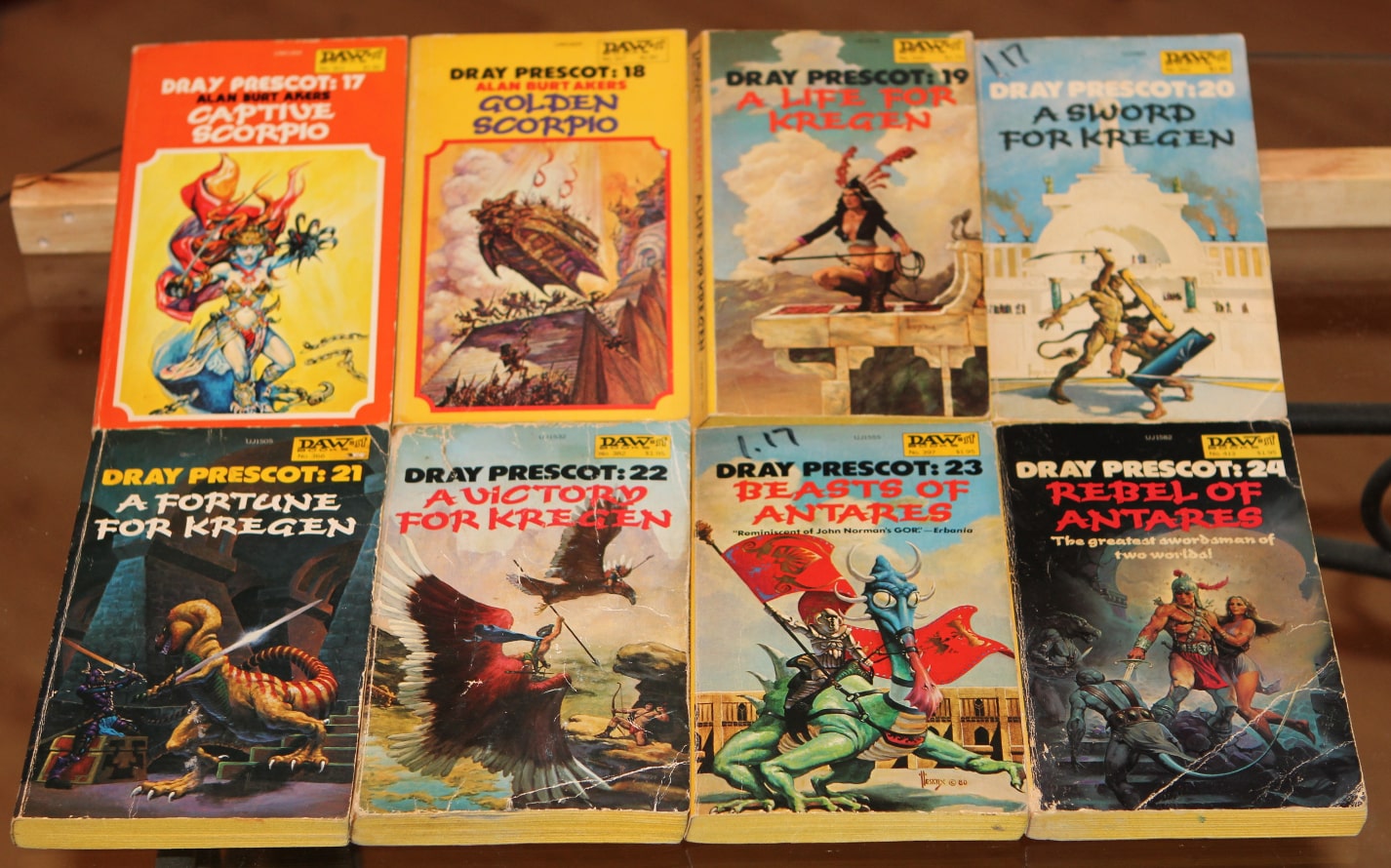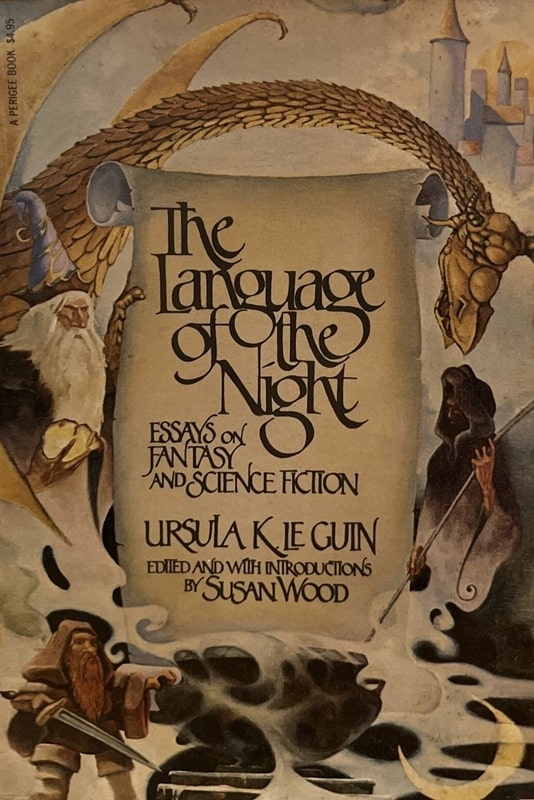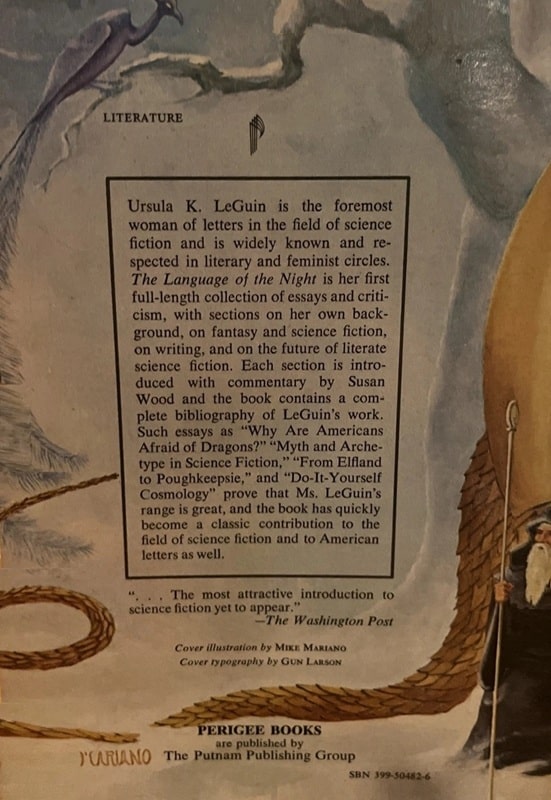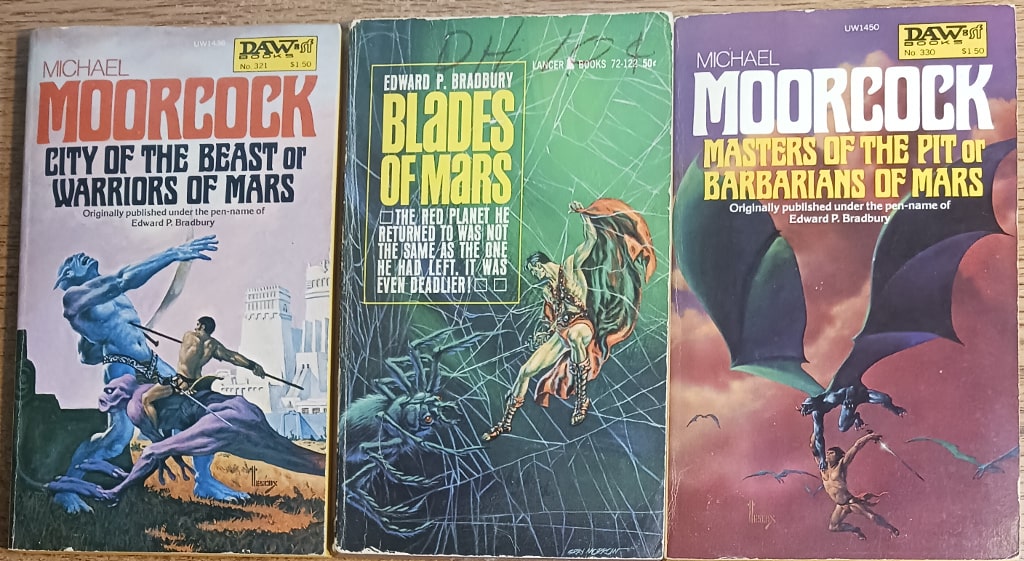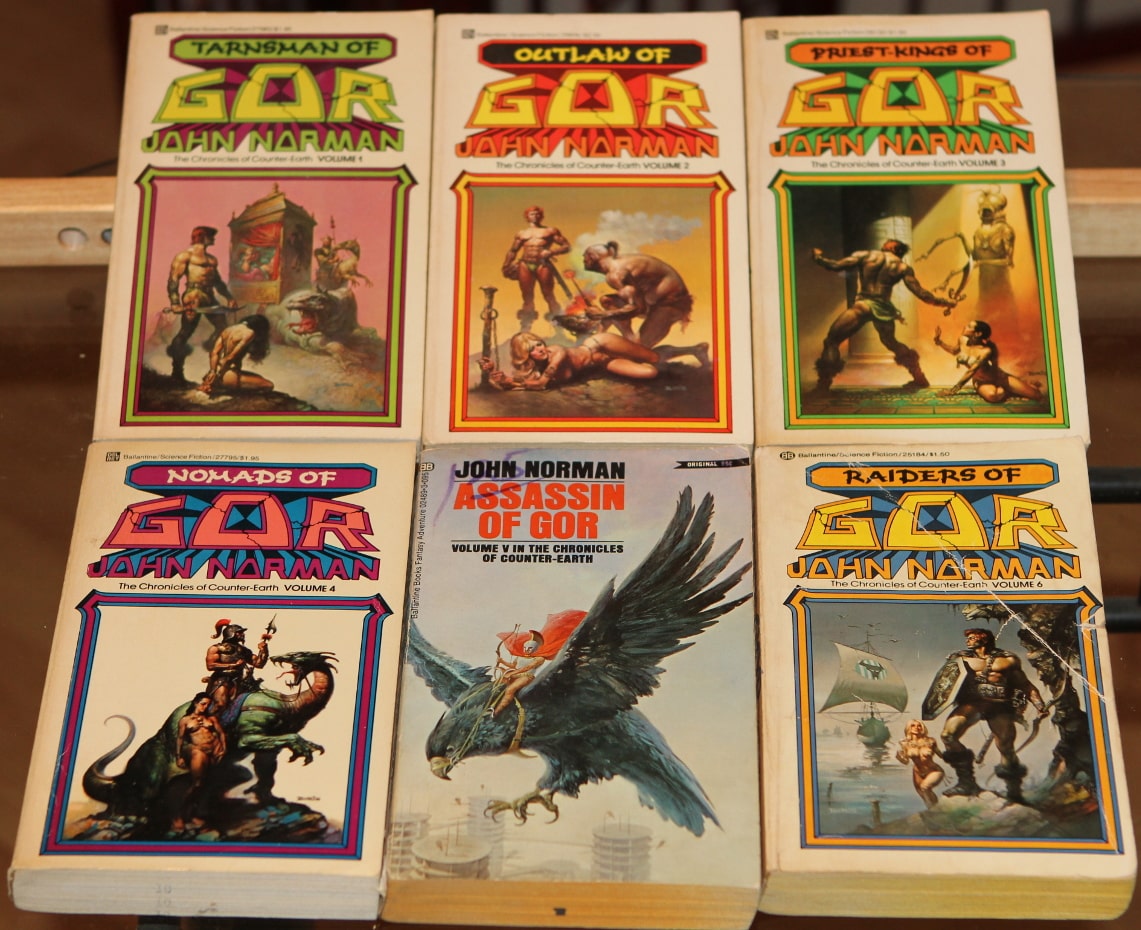Half a Century of Reading Tolkien: Part Six Bored of the Rings by Henry N. Beard & Douglas C. Kenney
This book is predominantly concerned with making money, and from its pages a reader may learn much about the character and the literary integrity of the authors. Of boggies, however, he will discover next to nothing, since anyone in the possession of a mere moiety of his marbles will readily concede that such creatures could exist only in the minds of children of the sort whose childhoods are spent in wicker baskets and who grow up to be muggers, dog thieves, and insurance salesmen. Nonetheless, judging from the sales of Prof. Tolkien’s interesting books, this is a rather sizable group, sporting the kind of scorch marks on their pockets that only the spontaneous combustion of heavy wads of crumpled money can produce. For such readers we have collected here a few bits of racial slander concerning boggies, culled by placing Prof. Tolkien’s books on the floor in a neat pile and going over them countless times in a series of skips and short hops. For them we also include a brief description of the soon-to-be-published-if-this-incredible-dog-sells account of Dildo Bugger’s earlier adventures, called by him Travels with Goddam in Search of Lower Middle Earth, but wisely renamed by the publisher Valley of the Trolls.
from the Prologue — Concerning Boggies from Bored of the Rings
My introduction to Bored of the Rings (1969, a scatalogical, offensive, and dated, but hilarious, parody of The Lord of the Rings), came at the hands of a friend of mine, Karl H., during a Boy Scout camping trip in the late seventies. My first memory of Karl is him at 8 years old being carried kicking and yelling over the school custodian’s shoulder after he’d been caught trying to scale the back fence. Two years older than me, we stayed friends until he graduated high school in 1982. I saw him once more after that before he disappeared into the wilds of the West Coast. When first his sister, and then his mother passed away, I didn’t find out until weeks after the fact and missed both funerals and him.


